Imagine a world millions of years ago, teeming with creatures unlike anything we see today. Among them slithered animals that would one day become the mysterious, legless wonders we now call snakes. It’s almost poetic—the idea that snakes, so perfectly adapted to their environments, began life on Earth as ordinary lizards. But what drove them to shed their legs and embrace a radically different form of movement? The story of snakes is one of transformation, survival, and a twist of fate that forever changed the course of evolution. Prepare to be amazed as we unravel the secrets behind one of nature’s most fascinating makeovers.
The Ancient Origins: Lizards on the Move
Long before snakes glided silently across the forest floor, their ancestors were agile lizards, scurrying on four legs. Fossil records tell us that lizards first appeared over 200 million years ago, with a wide array of shapes and sizes. These early reptiles roamed vast prehistoric landscapes, climbing trees, burrowing underground, and darting through underbrush. Their legs were essential tools, helping them chase prey or escape predators. Some lizards developed specialized limbs for running, while others adapted to climbing or digging. It’s fascinating to imagine that the slow march toward legless-ness began with these adaptable, ancient creatures. The diversity in early lizard forms set the stage for a remarkable evolutionary journey.
Shedding Limbs: How Leg Loss Began
At first glance, losing legs seems like a disadvantage. Yet, over millions of years, certain lizard lineages began to shrink their limbs—sometimes gradually, sometimes in dramatic leaps. Scientists believe this process started with small genetic mutations affecting limb development. In some environments, especially those dense with vegetation or filled with loose soil, having shorter or even no legs at all offered surprising benefits. Limblessness made it easier to slip through tight spaces or tunnel underground. Over time, these adaptations became more pronounced, leading to the emergence of creatures that looked more like snakes than lizards. The process was not uniform; different species lost their legs at different rates, creating a spectrum from fully-legged lizards to nearly limbless snakes.
The Power of Adaptation: Why Going Legless Worked
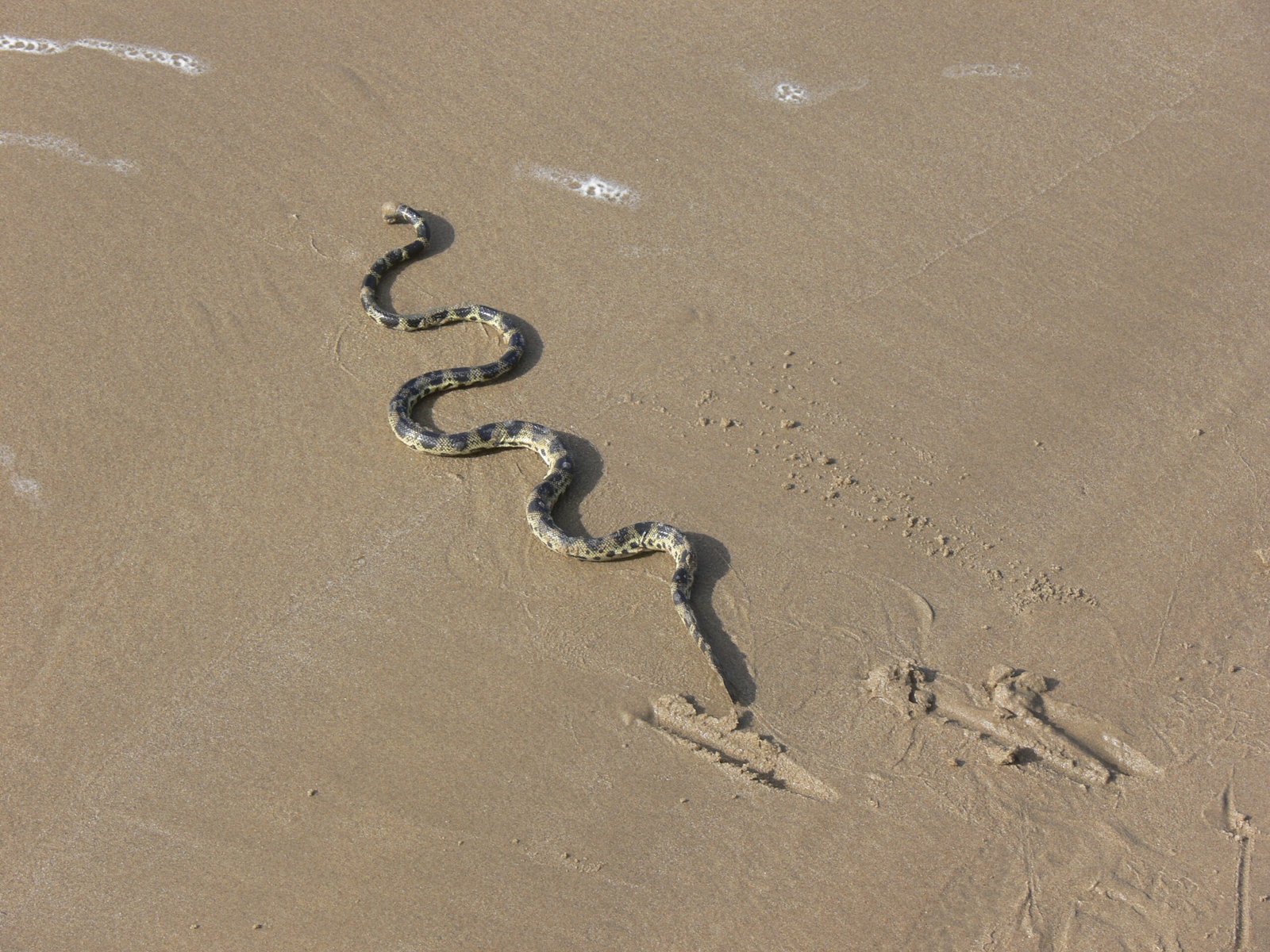
Why would nature favor creatures without legs? The answer lies in the environments these animals called home. Dense forests, tangled undergrowth, and sandy burrows posed challenges for animals with protruding limbs. For early snakes and their relatives, a streamlined, legless body allowed them to move quietly and efficiently where legs would get tangled or slow them down. This new mode of locomotion—slithering—opened up a world of possibilities. They could become ambush predators, sneaking up on prey undetected. Some could even swim better without limbs. The shift to leglessness was not just about getting around; it was a survival strategy that offered access to new habitats and food sources, giving these animals a distinct evolutionary edge.
Fossil Clues: Piecing Together the Past
The fossil record is like a time machine, offering glimpses into the incredible transformation from lizard to snake. Paleontologists have discovered fossils of ancient snakes, such as Najash from South America, that still had tiny, vestigial legs. These fossils help bridge the gap between modern snakes and their four-legged ancestors. By studying bone structures, scientists can trace the gradual reduction of limbs over millions of years. Some fossils even show the presence of pelvic bones, remnants of a time when snakes’ ancestors walked on land. Each new discovery adds another piece to the puzzle, helping us understand not just how, but why snakes abandoned their legs in the first place.
Genetic Insights: DNA Tells the Tale
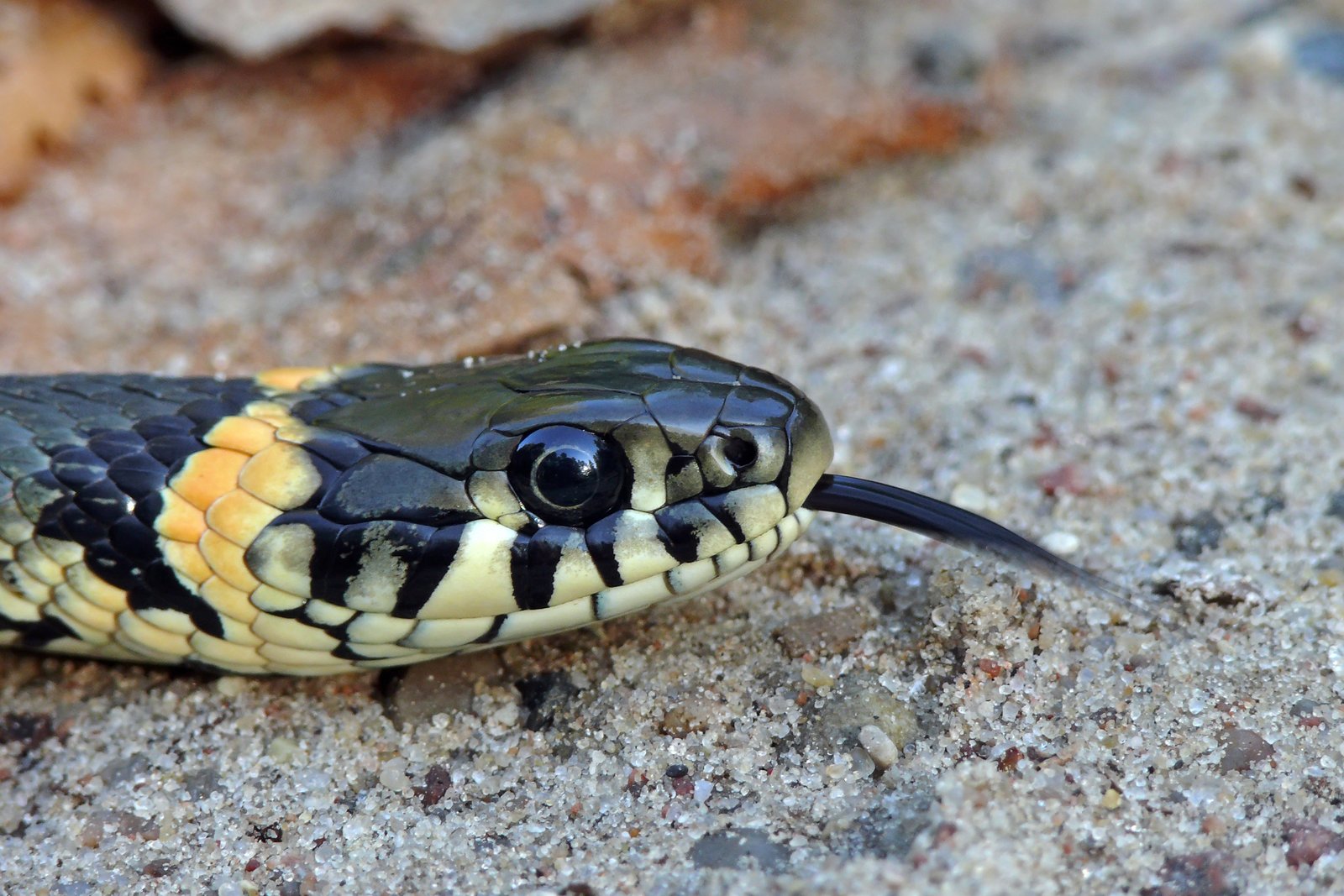
Peering into the genetic code of snakes reveals even more about their extraordinary journey. Researchers have identified specific genes responsible for limb development, such as the Sonic hedgehog gene, which plays a crucial role in forming arms and legs in vertebrates. In snakes, mutations in these genes disrupt normal limb growth, leading to the elongated, limbless bodies we see today. Comparing the DNA of snakes to that of lizards and other reptiles shows a pattern of genetic changes that intensified over time. These findings highlight the power of evolution at the molecular level, showing that dramatic physical changes can arise from relatively small tweaks in the genetic blueprint.
Modern Relatives: Lizard and Snake Connections
Despite their differences, snakes and lizards are still closely related. In fact, some modern lizards—like slowworms and glass lizards—have evolved to lose their legs independently, developing snake-like bodies while remaining distinct from true snakes. This phenomenon, known as convergent evolution, demonstrates how similar environmental pressures can lead very different animals to similar solutions. It’s a powerful reminder that evolution is not a straight line, but a series of branches and experiments. By studying both snakes and their legged cousins, scientists gain valuable insights into the flexibility and creativity of life itself.
Life Underground: The Burrowing Hypothesis
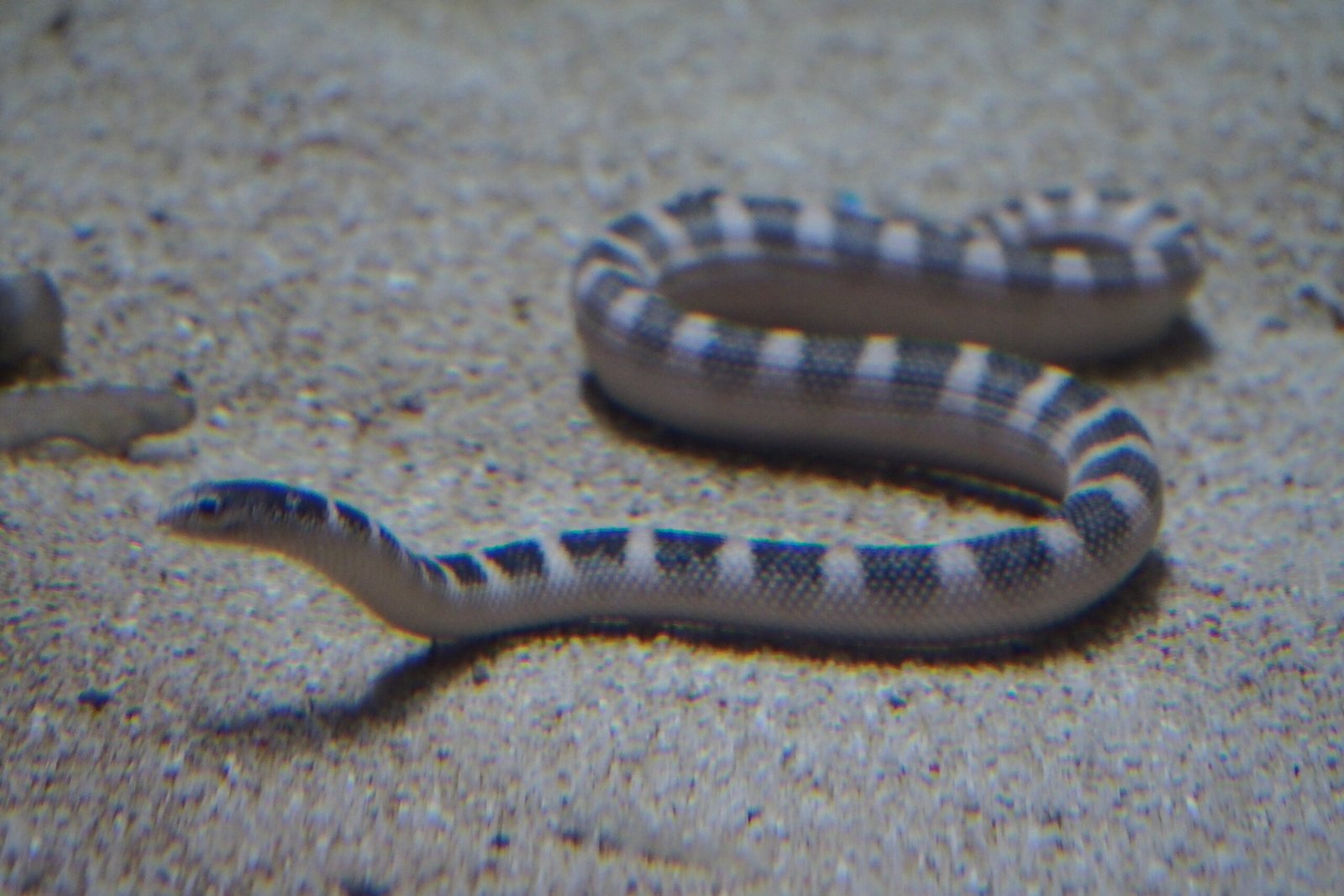
One leading theory about why snakes lost their legs centers on life beneath the surface. Many researchers believe that the ancestors of modern snakes were burrowers, spending much of their lives tunneling through soil in search of prey or safety. In this subterranean world, long, slender bodies and reduced limbs made it easier to navigate tight tunnels. Modern burrowing snakes, like sand boas, offer a living window into this past, showing how legless movement excels in underground habitats. The burrowing hypothesis is supported by fossil evidence and anatomical features in early snakes, suggesting that the transition to leglessness was driven, at least in part, by a life spent in the dark, hidden world below our feet.
From Land to Water: Aquatic Adaptations
Not all early snakes stayed underground; some ventured into aquatic environments. Sea snakes, for example, are highly specialized for life in the ocean, with flattened tails and nostrils positioned for breathing at the water’s surface. Going legless made them even more efficient swimmers, allowing them to glide through the water with minimal resistance. Fossil evidence suggests that some ancient snakes adapted to marine life soon after losing their legs. This adaptability is a hallmark of snake evolution, with different lineages fine-tuning their bodies for a variety of habitats, from deserts to rainforests to coral reefs.
The Marvel of Movement: How Snakes Get Around

Without legs, snakes have developed an astonishing array of ways to move. They use muscles and scales to push against the ground, creating waves that propel them forward. Some snakes can climb trees, swim, or even glide through the air, showcasing just how versatile their bodies have become. Watching a snake move is like witnessing a living ribbon, flowing smoothly over rocks, sand, or branches. This unique form of locomotion is not only graceful but highly effective, allowing snakes to hunt, escape, and explore environments that would be challenging for other animals.
Echoes of the Past: Vestiges and Reminders
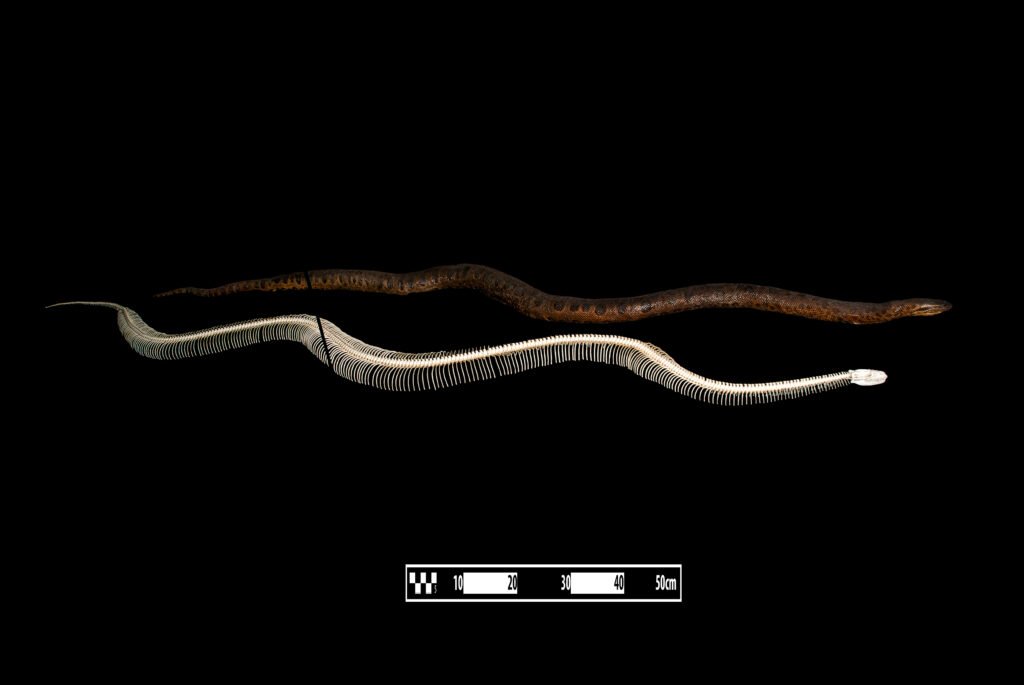
Even today, some snakes carry subtle reminders of their four-legged heritage. Boas and pythons, for example, possess tiny vestigial limb bones near their tails—ghostly echoes of legs lost long ago. These structures serve no functional purpose but offer compelling evidence of the evolutionary journey snakes have taken. It’s a bit like finding a forgotten relic in your attic—a small but powerful link to the past. These vestiges fascinate scientists and remind us that evolution is a process, not a finished product, with traces of history still visible in living creatures.
A Legacy of Survival and Change
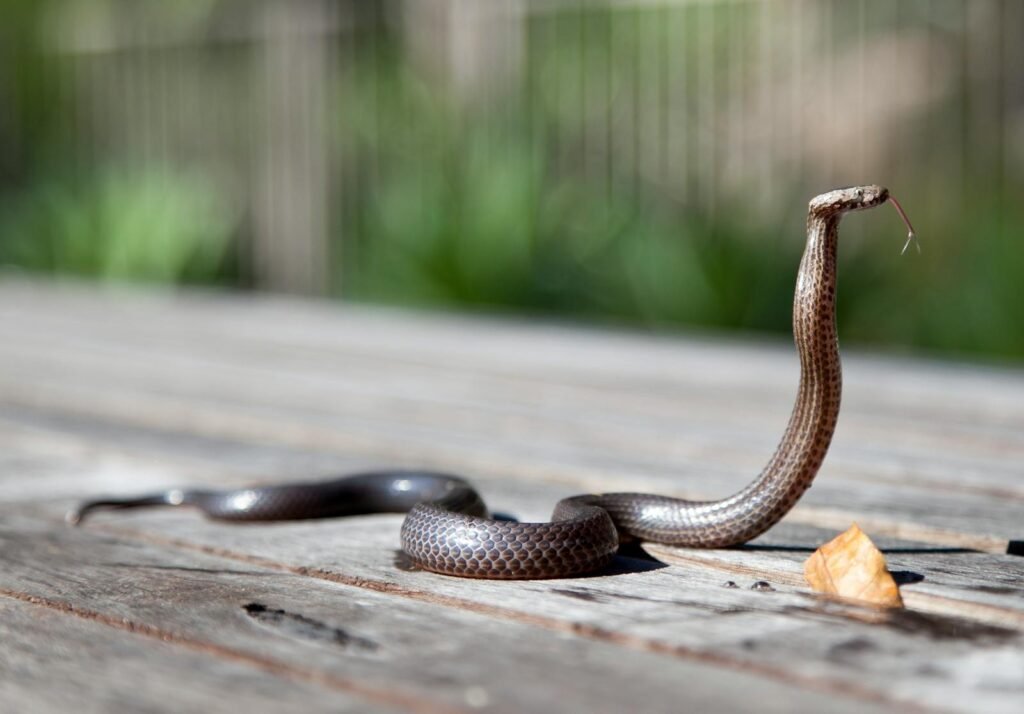
The story of how snakes evolved from lizards and abandoned their legs is a testament to the power of adaptation. It’s a tale filled with unexpected twists, remarkable resilience, and the relentless drive to survive in a changing world. Snakes today are some of the most successful reptiles on the planet, found on every continent except Antarctica. Their journey from legged lizards to masters of slithering proves that sometimes, losing something can be the key to gaining so much more. The next time you see a snake gliding silently through the grass, imagine the ancient legs it once had—and marvel at the mysterious, surprising path that brought it to where it is now.



